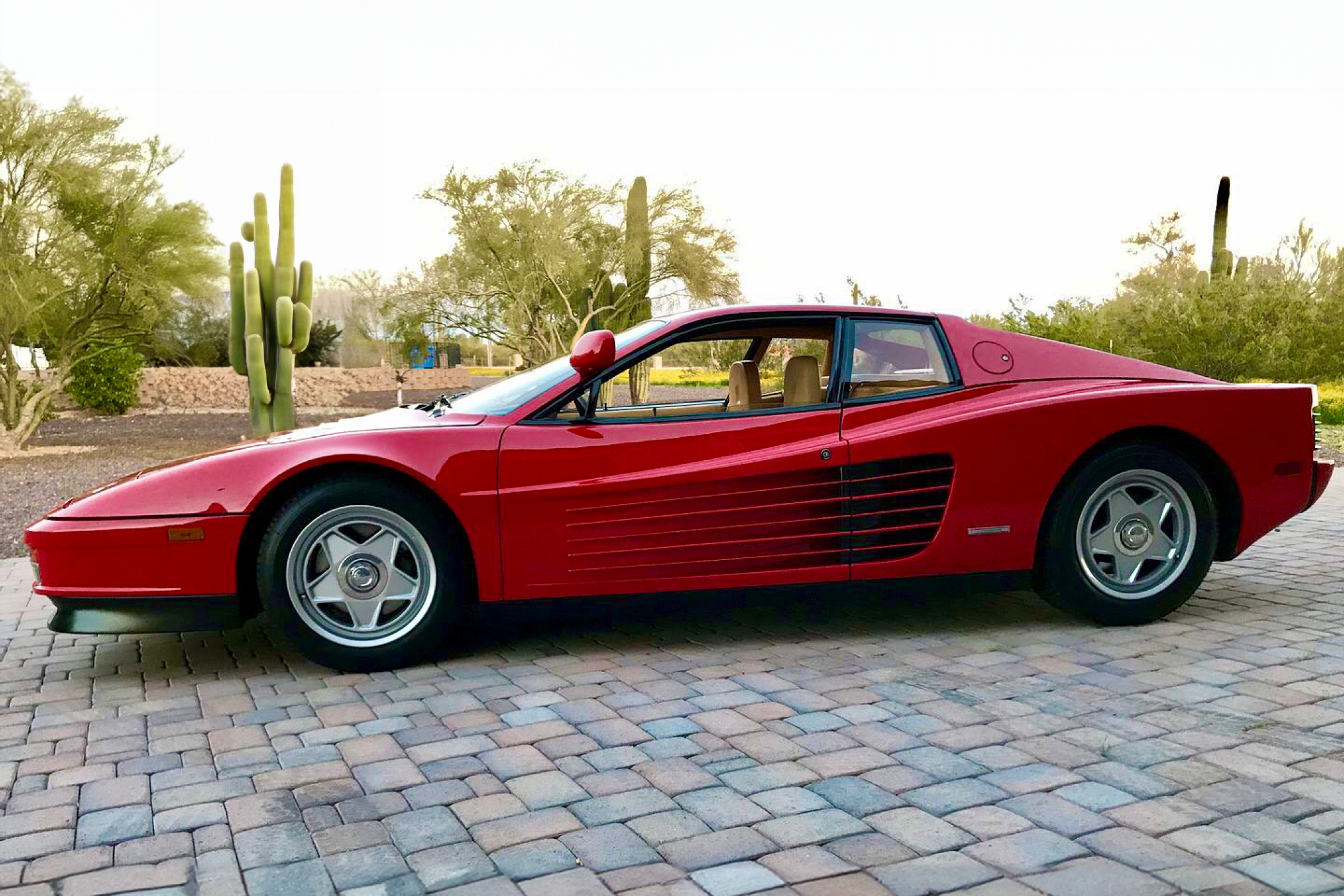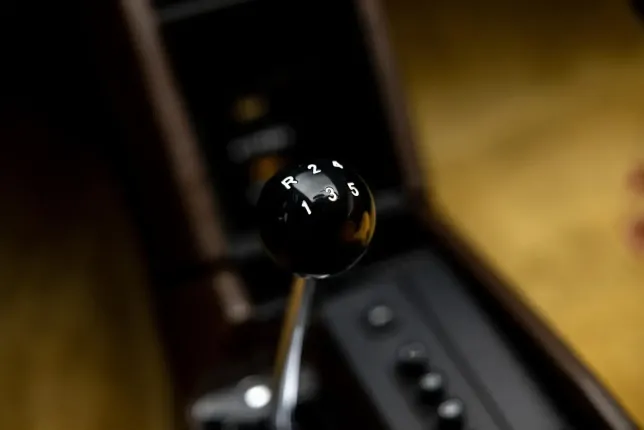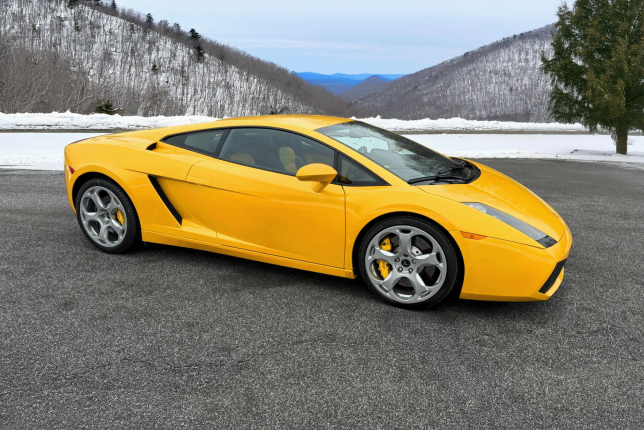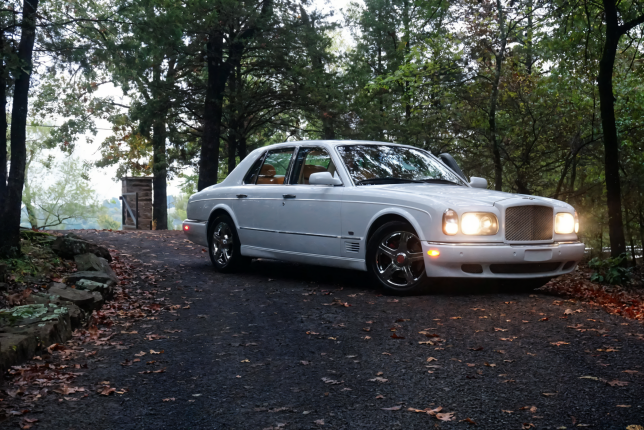1986 Ferrari Testarossa


Vehicle story
An iconic symbol of 1980s automotive excess and Italian design, instantly recognizable by its wide stance, dramatic side strakes, and flat, wedge-shaped profile. Powered by a 4.9-liter flat-12 engine producing around 390 horsepower, it delivered both thrilling performance and everyday drivability by exotic standards of the time. With a rear-mounted, mid-engine layout and a five-speed gated manual transmission, the Testarossa offered a raw, analog driving experience that has become increasingly rare. Its distinctive Pininfarina styling and bold presence made it a poster car for a generation, and today, it remains one of Ferrari’s most celebrated GT cars—famous not just for its looks and speed, but also for its starring role in pop culture, especially in shows like Miami Vice. This particular example, with is "monospecchio" mirror is finished in classic Rosso Corsa with tan interior.
Engine
4.9-liter (4943 cc) flat-12, known internally as the Tipo F113A. It’s a 180-degree horizontally opposed 12-cylinder, but unlike a true boxer, each pair of pistons shares a crankpin. The engine features four valves per cylinder—a total of 48 valves—with dual overhead cams per cylinder bank and uses Bosch KE-Jetronic fuel injection. Factory output is rated at 390 horsepower at 6,300 rpm and 361 lb-ft of torque at 4,500 rpm, delivering power through a broad, linear band. It’s mounted longitudinally in the rear, just ahead of the rear axle, and paired with a dry-sump lubrication system to manage oil flow under high-performance driving. The flat-12 gives the car its signature wide body and unique balance, and it makes a sound that’s unmistakably Ferrari—high-strung, mechanical, and absolutely addictive.
Wheels and tires
16-inch “flat dish” wheels, often referred to as the “monodado” style, with the iconic single knock-off hub in the center—just like on Ferrari’s race cars of the era. Up front, they’re 8 inches wide, and in the rear, a massive 10 inches wide, perfectly complementing the Testarossa’s wide-track rear and staggered tire setup. Not only do they look absolutely period-correct with the car’s dramatic side strakes and wide haunches, but they also contribute to a more authentic and raw Ferrari driving experience.
Brakes
12-inch rotors up front and 11.1-inch rotors in the rear. They use dual-piston calipers and were considered high-performance for the era, providing strong and consistent stopping power for a car that weighs over 3,600 pounds. There’s no ABS on the early cars like mine, so braking is completely mechanical and requires a confident foot—but the pedal feel is firm and communicative, giving you precise control once you get used to it. Combined with the wide stance and mid-engine balance, the brakes help deliver a surprisingly composed and stable stop, even at higher speeds.
Transmission
5-speed manual, mounted longitudinally just behind the engine as part of the classic rear mid-engine layout. It uses the iconic gated shifter, which not only looks incredible but offers a tactile, mechanical connection that’s pure Ferrari. The gearbox requires a deliberate hand, especially when cold, but once warmed up, it becomes intuitive and incredibly rewarding. Ratios are well-spaced for the flat-12’s powerband, delivering strong acceleration and relaxed high-speed cruising. It’s a true driver’s gearbox—no assists, no shortcuts—just metal-on-metal precision that demands skill and gives back pure satisfaction in return.

 Ryan Watford
Ryan Watford 
